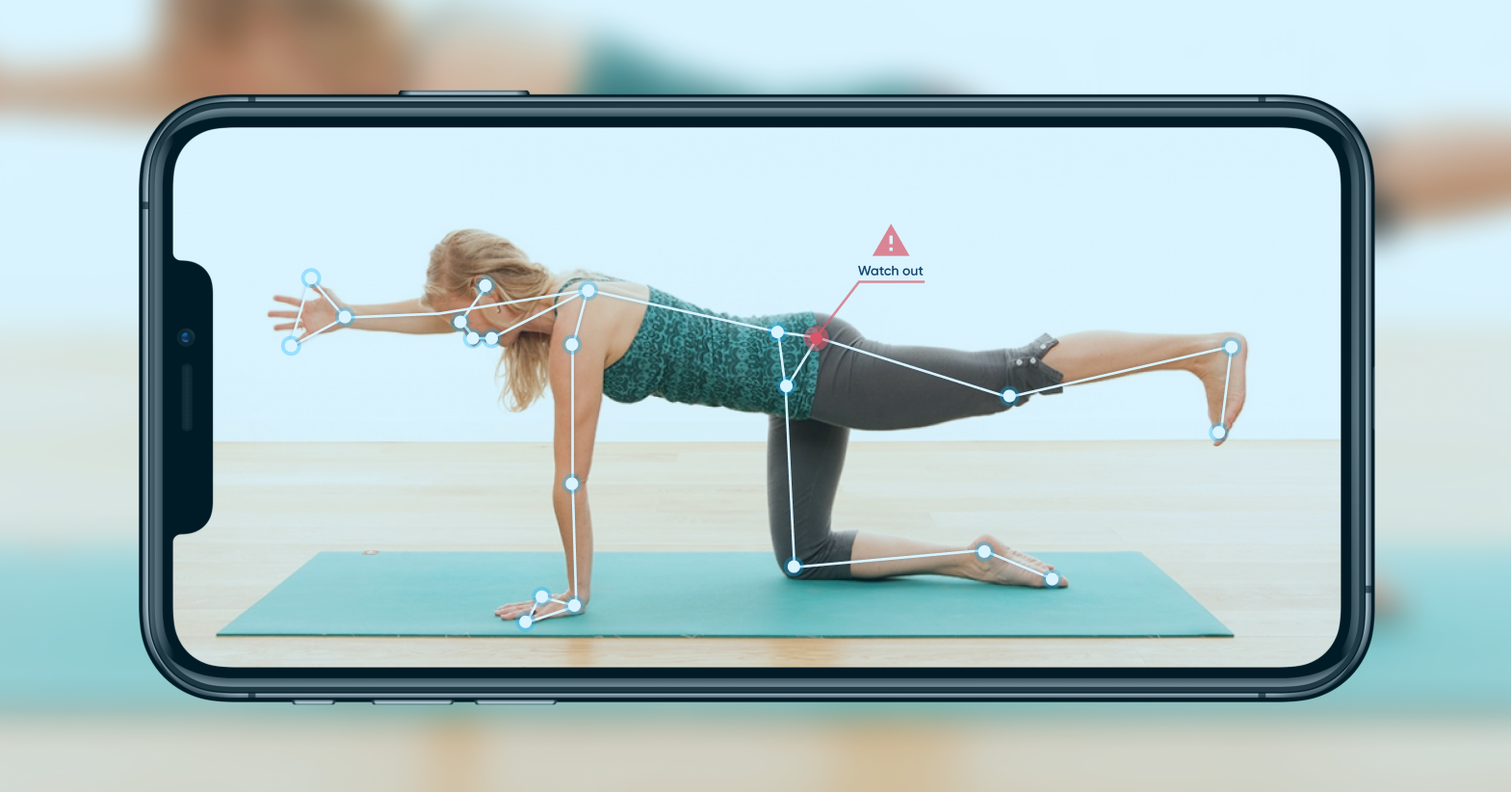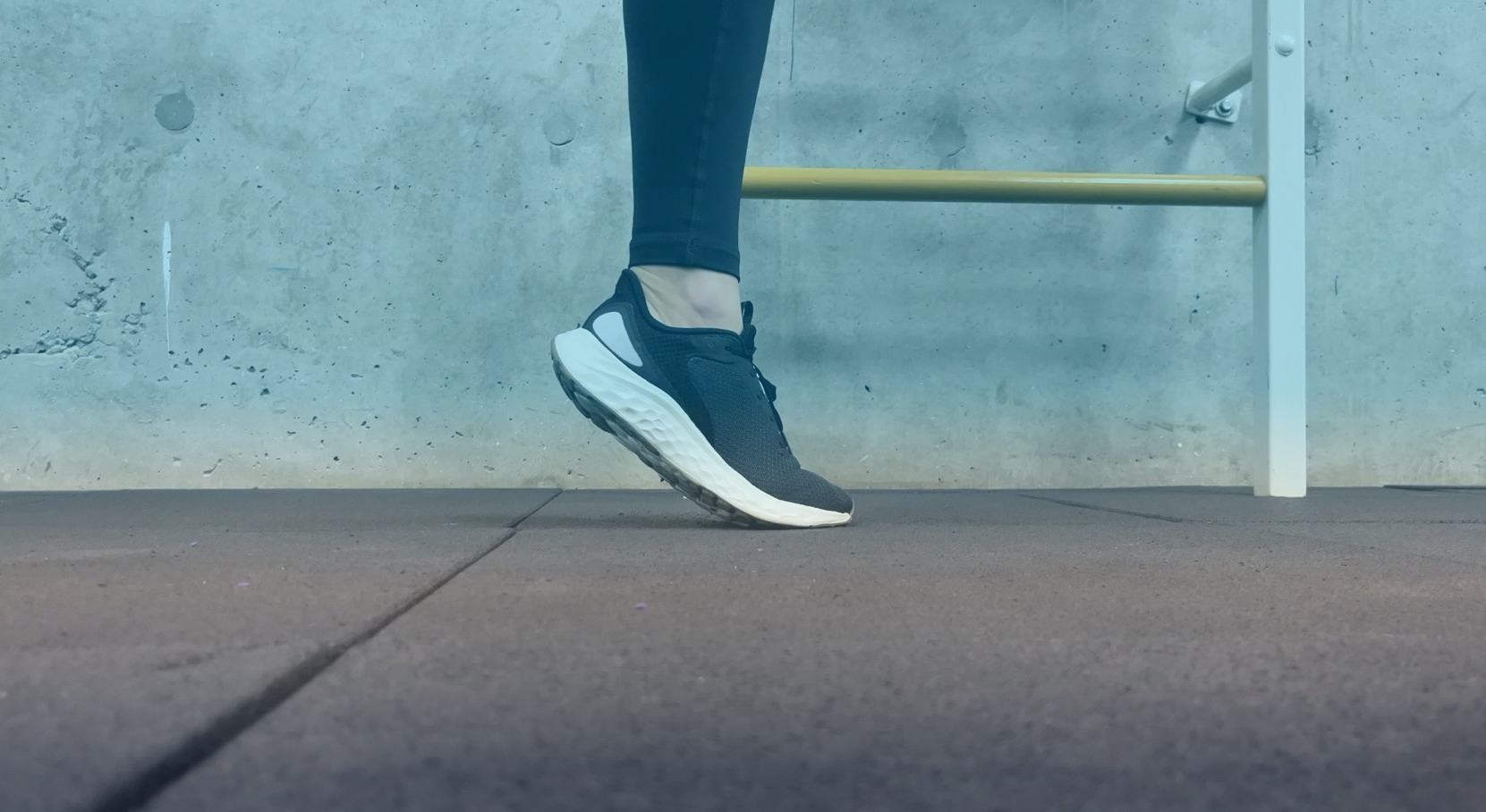AI-based body pose detection to extend telehealth software

Telehealth adoption, greatly facilitated by the coronavirus pandemic, has revolutionized healthcare delivery. Administrational processes, including registration and appointments, resource utilization, infection control – telehealth utilization provides benefits across operations.
But nonetheless, it’s the synergy between telehealth applications and advanced computational technology, which takes healthcare accessibility and delivery to the next level.
In the following overview, we’ll dive deeper into how integrating AI-based body pose estimation and analysis might transform telehealth solutions.
Market dynamics
Telehealth usage, as per the 2023 updated report from ASPE, has remained above 20% after the COVID-19 crisis for all population groups.
In the United States, telehealth usage has grown within only the first three months of the COVID-19 pandemic. As expected, telehealth utilization was lower at the study period (from April 2021 to August 2022), but has remained above pre-coronavirus levels.
Terms explained
Telehealth services are the purposeful utilization of modern-day information and communication technologies to enable remotely provisioned healthcare services.
Telehealth functions go beyond traditional services and include various applications to facilitate care delivery. Telehealth operations might encompass clinical services, health monitoring and promotion, patient education, administrative and multidisciplinary services.
Delivering value-added healthcare applications
Abto Software is empowering strategic leaders by delivering highly reliable and secure telehealth software. Business consulting and discovery, requirement analysis, planning, design, software development, and testing – we cover every stage.
Since 2007, our company has been successfully delivering custom products, in particular telehealth solutions. Virtual appointments, remote monitoring, nutritional counseling, medication management and administration, virtual training, examination, rounding, and consultations – no matter the requirements, we handle it all.
What about data science?
Telehealth and telemedicine software, by comprising essential functionality, can provide significant benefits. Increased accessibility, reduced time and cost, employee experience, patient engagement and adherence, optimized resources, timely interventions among others.
But nonetheless, telemedicine platforms require resource-intense manual processing, restraining efficiency. That means deteriorated accessibility, resource-allocation challenges, and other prominent problems.
By delaying digital transformation, healthcare leaders are facing inefficient processes associated with:
- Data management – data overload and accessibility, human error, inconsistency, duplication
- Document management – document search and retrieval, security risks, organization, categorization
- Data insights – limited capabilities in terms of retrieving business insights, identifying trends, and more
- Regulatory compliance – data errors, documentation nonconformity, security risks, privacy concerns, monitoring complexity, reporting inefficiencies
But leveraging advanced technology, healthcare providers might harness greater efficiency across operations:
- Virtual consultations and follow-ups – personalized plans, patient monitoring, prescriptions, triage
- Appointment scheduling and reminders – dynamic scheduling and rescheduling, smart reminders, personalized recommendations, predictive cancellations, and many other features
- Data access and management – data entry and extraction, cleansing, standardization, and more
- Data analytics and reporting – predictive analytics, automated reporting, and even anomaly detection
We at Abto Software are exploring cutting-edge technology – artificial intelligence, computer vision, and more. Privacy and security concerns, regulatory and licensing challenges, compatibility issues, security vulnerabilities – we handle every challenge to deliver value-added products.
More specifically, our engineers are experts in applying artificial intelligence to extend healthcare applications.
Let’s get down to how to enhance existing telehealth solutions by applying AI based pose estimation.
Physical therapy and rehabilitation: the traditional manual approach
The traditional manual method towards physiotherapy typically prioritizes human interaction and intervention. This means subjective evaluation, disparate protocols, data incompleteness, documentation nonconformity, and several other shortcomings.
Within conventionally established approaches, the therapist guides individuals through exercises and activities to restore desired mobility and function following injury, recent surgery, and other musculoskeletal conditions. But, typically, excessive equipment, paper-based instructions, and resource-intensive, in-person appointments are deteriorating musculoskeletal therapies.
In general, healthcare providers are facing the following operational challenges:
Subjective assessment
Clinical assessment depends heavily on the clinician’s knowledge and experience, thus causing great variability. The consequences – inconsistent evaluations, deteriorated efficiency, and undesired healthcare outcomes – might present reputational and financial losses.
Standardization challenges
Non-standardized assessment and treatment might deteriorate care quality, thus impacting patient outcomes. Potential repercussions might include increased misdiagnosis, decreased reliability, regulatory consequences, and overall business damage.
Limited scalability
Physical therapy programs require substantive resources, accordingly, limiting healthcare access and delivery. Restrained scalability typically causes increased waiting, decreased capacity, employee overload and burnout, and, naturally, patient complaints.
Human error
Physical therapy technicians might experience fatigue, distraction, misunderstanding, and other human factors. Operational mistakes usually provoke increased time and cost, inaccurate diagnoses, inconsistent treatment, and unnecessary wasted resources.
Physical therapy and rehabilitation: why introduce artificial intelligence
Pose detection is a break-through technology, which leverages artificial intelligence and its various techniques to recognize and track the positions of joints (head, shoulders, elbows, hands, knees, feet) in images or videos. By combining data and feature extraction, posture analysis, and consecutive pattern analysis, the technology can overcome any challenges associated with manual-only approaches.
Pose estimation can be successfully implemented for providing accurate assessment, personalized programs, and more, potentially optimize digital therapeutics and rehabilitation, elderly care, and other related domains. This means better outcomes for patients undergoing rehabilitation and those dealing with chronic conditions, elderly people, disabled people, and others.
By integrating the technology, healthcare companies might leverage:
Objective assessment
3D pose estimation technology can provide objective assessment of movement, alignment, posture, and more. This eliminates the variability and subjectivity coming with manual assessments and ensuring patient progress is being measured uniformly.
Standardized protocols
Human pose estimation technology can provide standardized protocols for assessment and other key aspects. This promotes greater uniformity across practices, accordingly enabling more predictable and comparable patient outcomes across settings.
Healthcare accessibility
Motion analysis might provide high-quality services for individuals who experience transportation difficulties. Such remote healthcare access benefits individuals in rather underserved areas, those having mobility issues, and patients requiring frequent physiotherapy sessions.
Data-driven decision-making
Movement analysis might provide value-added insights by collecting and analyzing patient-related information. This strategic, data-driven approach allows introducing personalized programs and making informed decisions about subsequent physiotherapy sessions.
How we can help
Artificial intelligence has changed the ways medical information is collected, processed, analyzed, and shared. Accurate assessment and diagnosis, real-time feedback and guidance, patient monitoring, progress tracking – modern technology is transforming clinical operation.
Artificial intelligence can be successfully implemented to extend telehealth and telemedicine applications, particularly benefiting physical therapy and rehabilitation.
So, why delay modernization?
Our expertise:
Our projects:
- AI enabled motion analysis for remote physical therapy and rehabilitation
- CV enabled jump recognition and analysis to improve public health
- CV supported self-diagnosis application
- CV powered blood recognition and analysis
- Computer vision to drive medical imaging
- Computer vision to empower fall detection for video analytics platform


